Introduction
In recent years, the debate between organic and conventional farming has gained significant attention. As consumers become more conscious about the food they eat, questions about how food is grown, its impact on health, and its effects on the environment have become increasingly important.
Both organic and conventional farming methods have their strengths and weaknesses, choosing between them is a complex decision for farmers and consumers alike.
This article will explore the pros and cons of both farming methods, providing a comprehensive understanding of their differences.
What Is Organic Farming?
Organic farming is an agricultural practice that emphasizes the use of natural processes and inputs.

This method avoids synthetic chemicals, such as pesticides and fertilizers, and instead relies on organic alternatives like compost, green manure, and biological pest control. The goal of organic farming is to create a sustainable farming system that works in harmony with nature.
Core Principles of Organic Farming
Organic farming follows specific principles to maintain soil health, conserve biodiversity, and promote ecological balance. These include:

- Soil Fertility Management: Enhancing soil health through composting, crop rotation, and cover cropping.
- Biodiversity: Promoting a variety of crops and livestock to create a balanced ecosystem.
- Sustainability: Using renewable resources and minimizing waste to protect the environment for future generations.
The Pros of Organic Farming
Organic farming has several advantages that make it appealing to both consumers and farmers. These benefits include:
Environmental Benefits
One of the most significant advantages of organic farming is its positive impact on the environment. By avoiding synthetic chemicals, organic farming reduces soil and water pollution.
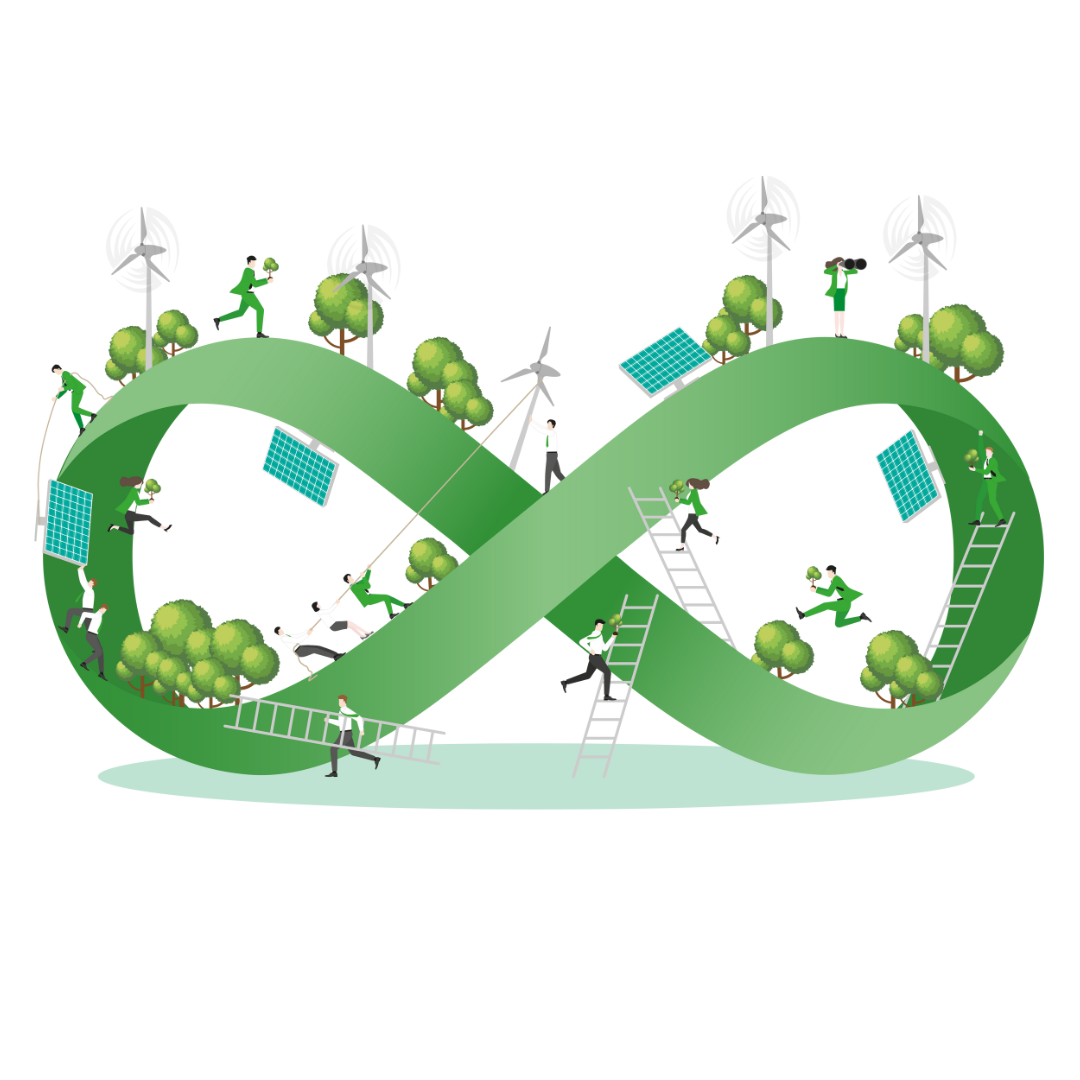
Additionally, organic farming practices, such as crop rotation and composting, help maintain soil fertility and promote biodiversity.
Healthier Food
Organic foods are often considered healthier because they are grown without synthetic pesticides and fertilizers. This means they have fewer chemical residues, which some studies suggest could reduce the risk of certain health issues.
Furthermore, organic farming does not permit the use of genetically modified organisms (GMOs), which is a preference for many consumers.
Enhanced Soil Health
Organic farming methods, such as the use of cover crops, crop rotation, and organic fertilizers, contribute to improved soil health.
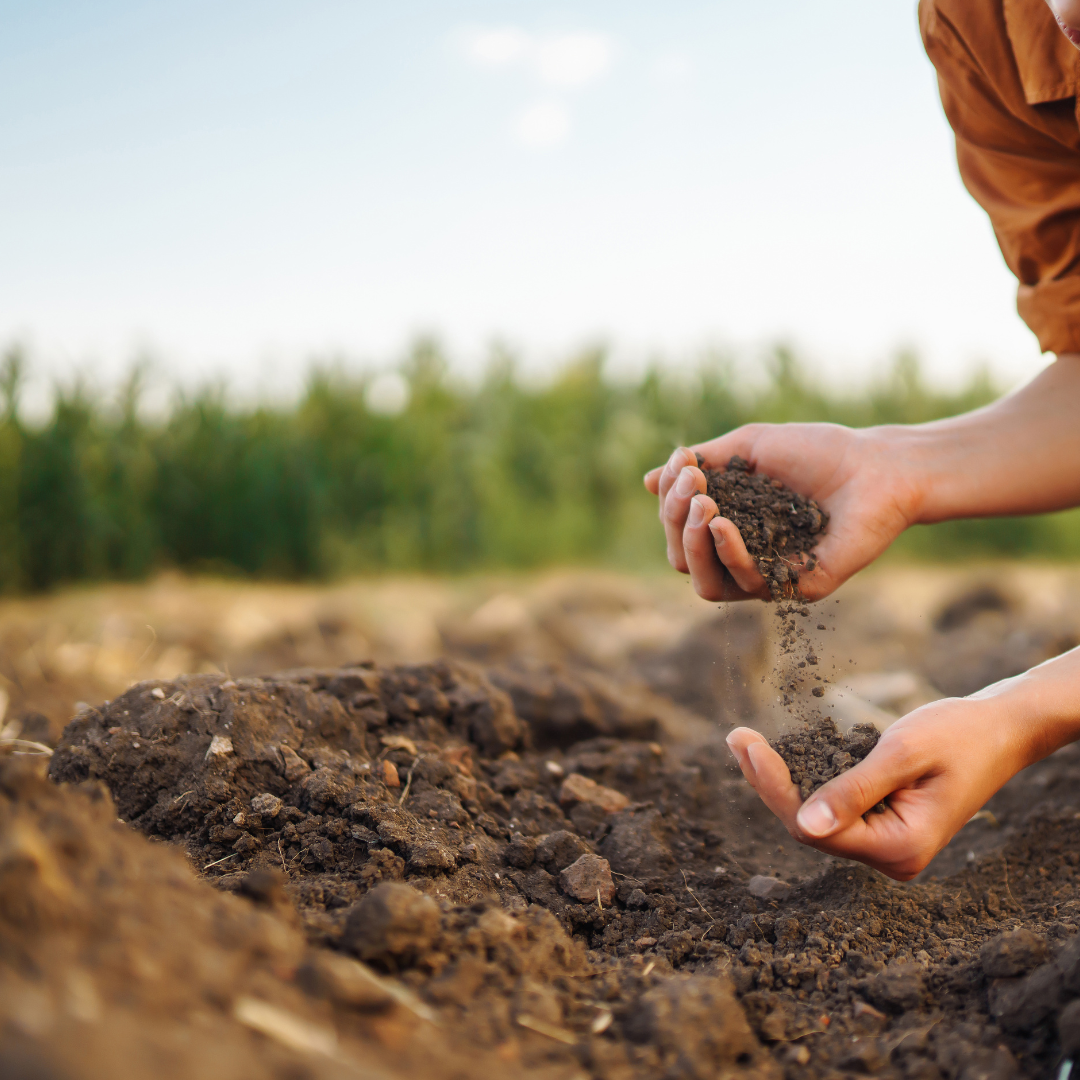
These practices increase the organic matter in the soil, enhance soil structure, and promote beneficial microbial activity, which leads to more resilient and fertile soil.
The Cons of Organic Farming
While organic farming has many benefits, it also has some drawbacks that can be challenging for farmers and consumers.
Lower Yields
Organic farming generally produces lower yields compared to conventional farming. This is partly due to the absence of synthetic fertilizers and pesticides, which can lead to increased pest damage and reduced plant growth.

As a result, organic farming may require more land to produce the same amount of food.
Higher Costs
Organic farming is more labor-intensive and often requires more manual work, such as weeding and composting. These practices, combined with the need for organic inputs, can lead to higher production costs.

These costs are usually passed on to consumers, making organic products more expensive.
Limited Availability
Organic farming is not always feasible on a large scale, particularly in areas with poor soil quality or harsh climates. This limitation can make organic products less available and accessible, especially in regions where conventional farming is more practical.
What Is Conventional Farming?
Conventional farming, also known as industrial or traditional farming, relies on the use of synthetic inputs like chemical fertilizers, pesticides, and herbicides to maximize crop yields.

This method often involves large-scale monoculture, where a single crop is grown over vast areas with the help of advanced machinery and irrigation systems.
Core Principles of Conventional Farming
Conventional farming is guided by the need for efficiency and high productivity. Key principles include:
- Maximizing Yields: Using synthetic inputs and technology to produce the highest possible crop yields.
- Monoculture: Specializing in one crop type to streamline production and reduce costs.
- Technology Integration: Utilizing advanced machinery and biotechnology to increase efficiency and reduce labor needs.
The Pros of Conventional Farming
Conventional farming offers several benefits that have contributed to its widespread adoption.
Higher Yields
Conventional farming methods are designed to maximize crop yields, making it possible to produce more food on less land. This high productivity is crucial for meeting the demands of a growing global population and ensuring food security.
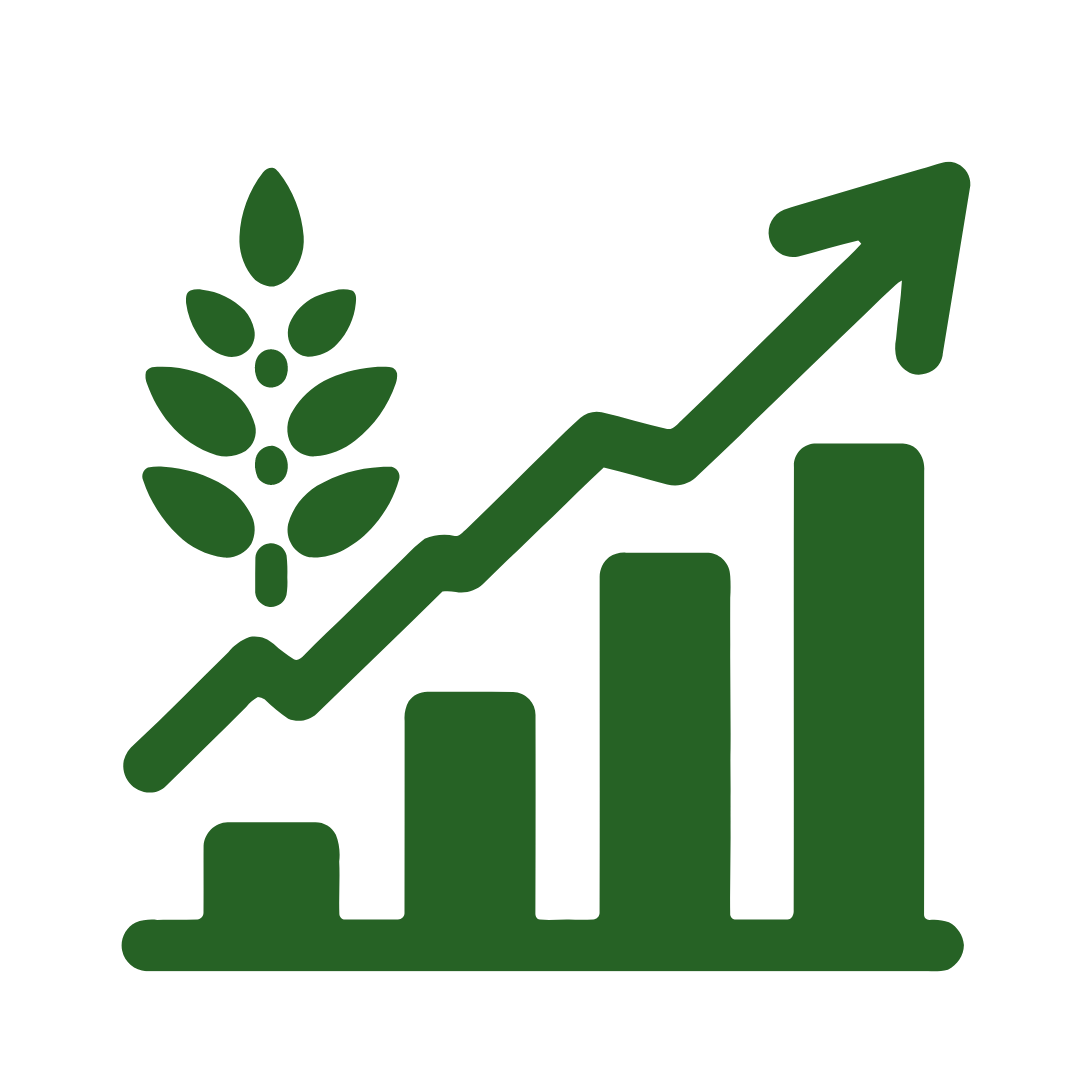
Lower Costs
The use of synthetic fertilizers and pesticides in conventional farming can reduce the need for labor-intensive practices, lowering production costs.

Additionally, the economies of scale achieved through large-scale farming operations can further reduce costs, making food more affordable for consumers.
Efficiency and Technology
Conventional farming often involves the use of advanced technology, such as precision agriculture, genetically modified crops, and mechanized equipment.
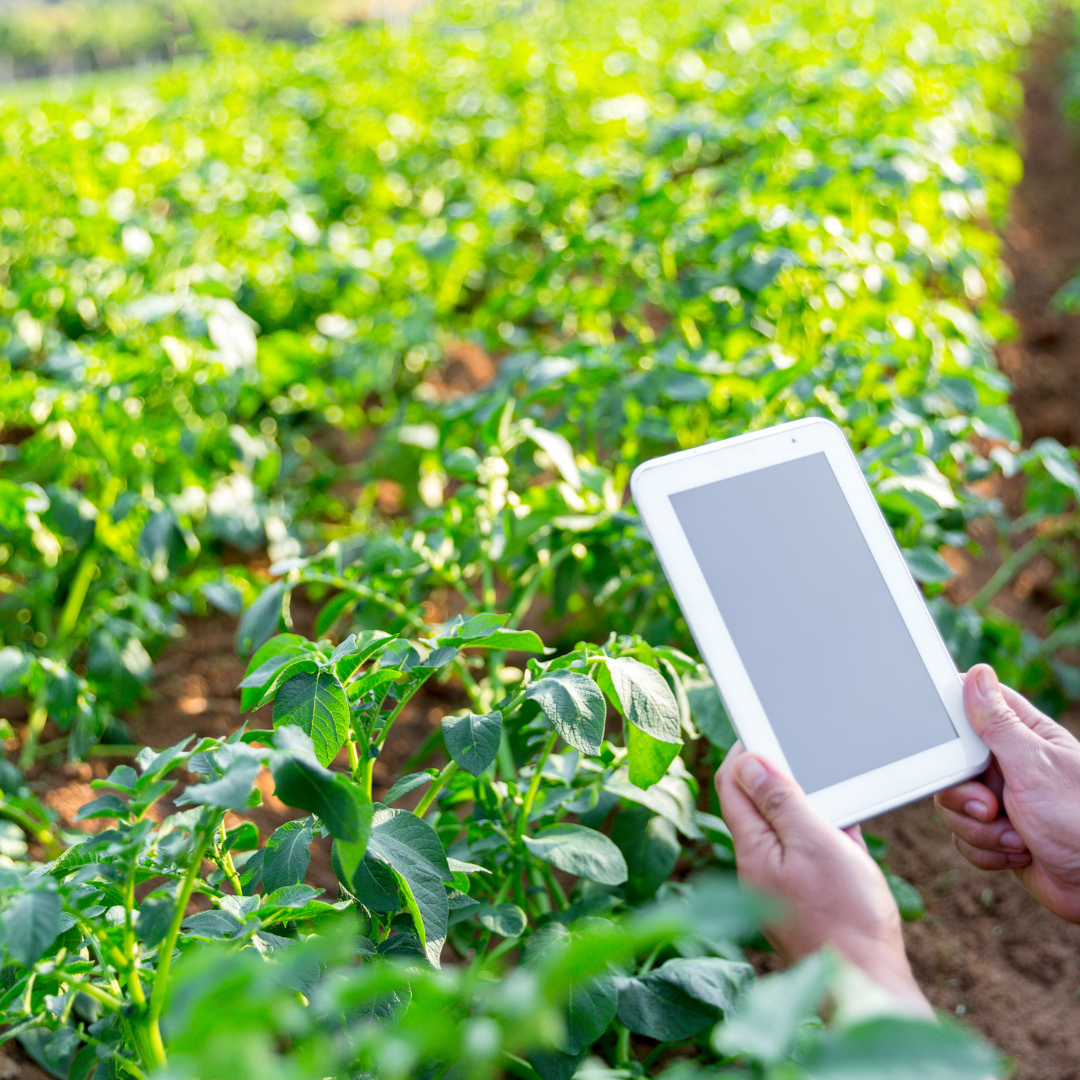
These innovations can increase efficiency, reduce waste, and improve overall productivity, making conventional farming more sustainable in terms of resource use.
Scalability
Conventional farming is well-suited for large-scale operations, allowing farmers to produce large quantities of food efficiently.
This scalability is essential for supplying food to densely populated urban areas and maintaining stable food supplies.
The Cons of Conventional Farming
Despite its benefits, conventional farming has several drawbacks that raise concerns for environmentalists, health experts, and consumers.
Environmental Impact
The extensive use of synthetic chemicals in conventional farming can lead to soil degradation, water pollution, and loss of biodiversity.

Pesticides and herbicides can harm non-target species, including beneficial insects and wildlife. Additionally, the heavy reliance on monoculture can deplete soil nutrients and increase vulnerability to pests and diseases.
Health Concerns
The use of synthetic pesticides, herbicides, and GMOs in conventional farming has raised concerns about potential health risks. Some studies suggest that long-term exposure to these chemicals could increase the risk of certain health issues, although the evidence is still debated.
Soil Depletion
Conventional farming practices, particularly monoculture and the use of chemical fertilizers can lead to soil depletion over time.

This can result in reduced soil fertility, making it necessary to apply more synthetic inputs to maintain crop yields, creating a cycle of dependency on chemical inputs.
Resistance Issues
The repeated use of chemical pesticides and herbicides in conventional farming can lead to the development of resistant pests and weeds.
This can make it more challenging to control these threats and may require the use of stronger, more toxic chemicals, which can further harm the environment and human health.
Comparing Organic and Conventional Farming
When comparing organic and conventional farming, it is essential to consider both the short-term and long-term implications of each method.
While conventional farming can produce higher yields and lower costs in the short term, it often comes with significant environmental and health concerns.
On the other hand, organic farming promotes sustainability and healthier produce but may struggle with lower yields and higher prices.
Environmental Impact: A Side-by-Side Look
Organic farming generally has a lower environmental impact due to its avoidance of synthetic chemicals and focus on biodiversity. However, the lower yields of organic farming can lead to the need for more land, which could counteract some of these benefits.
Conventional farming, while more productive, often has a more significant environmental footprint, contributing to issues like soil degradation, water pollution, and loss of biodiversity.
Economic Considerations: Cost vs. Benefit
Conventional farming is often more economically viable in the short term due to its higher yields and lower costs. However, the long-term environmental damage and potential health risks could result in higher costs down the line, such as increased healthcare expenses and the need for soil restoration.
Organic farming, though more expensive initially, may offer long-term savings in terms of environmental preservation and health benefits.
Consumer Preferences: What Do People Want?
Consumer demand plays a significant role in the choice between organic and conventional farming. While organic products are often preferred for their perceived health benefits, they are typically more expensive, limiting their accessibility to certain consumers.
Conventional products, being more affordable, are more accessible to a broader population, making them the primary choice for many households.
Sustainability: A Long-Term View
Sustainability is a key factor in the debate between organic and conventional farming. Organic farming is inherently more sustainable as it promotes soil health, reduces pollution, and conserves biodiversity.
However, its lower productivity could challenge its ability to meet the growing food demand. Conventional farming, while currently more productive, may not be sustainable in the long run due to its environmental impact and resource-intensive practices.
The Role of Technology in Farming
The integration of technology in both organic and conventional farming is reshaping the agricultural landscape. Advances in technology can help bridge the gap between the two methods, making farming more efficient, sustainable, and profitable.
Precision Agriculture: Boosting Efficiency
Precision agriculture is a technological approach that uses data and sensors to optimize farming practices. By analyzing soil conditions, weather patterns, and crop health, farmers can apply the right amount of water, fertilizers, and pesticides precisely where and when they are needed.

This reduces waste, lowers costs, and minimizes environmental impact, making it a valuable tool for both organic and conventional farmers.
Innovation in Organic Farming
Organic farming is also benefiting from technological advancements. Innovations such as organic pest control products, automated welding machines, and advanced composting techniques are making organic farming more efficient and scalable.
These technologies can help organic farmers overcome some of the challenges associated with lower yields and higher labor costs.
Future Outlook: Blending Organic and Conventional Practices
The future of farming may lie in blending the best practices of organic and conventional farming. By combining the sustainability of organic farming with the productivity and efficiency of conventional methods, farmers can create a more resilient and sustainable agricultural system.
Integrated Farming Systems
Integrated farming systems combine multiple farming methods to optimize resource use and minimize environmental impact. For example, agroforestry integrates trees with crops and livestock, providing multiple benefits such as improved soil health, increased biodiversity, and enhanced productivity.
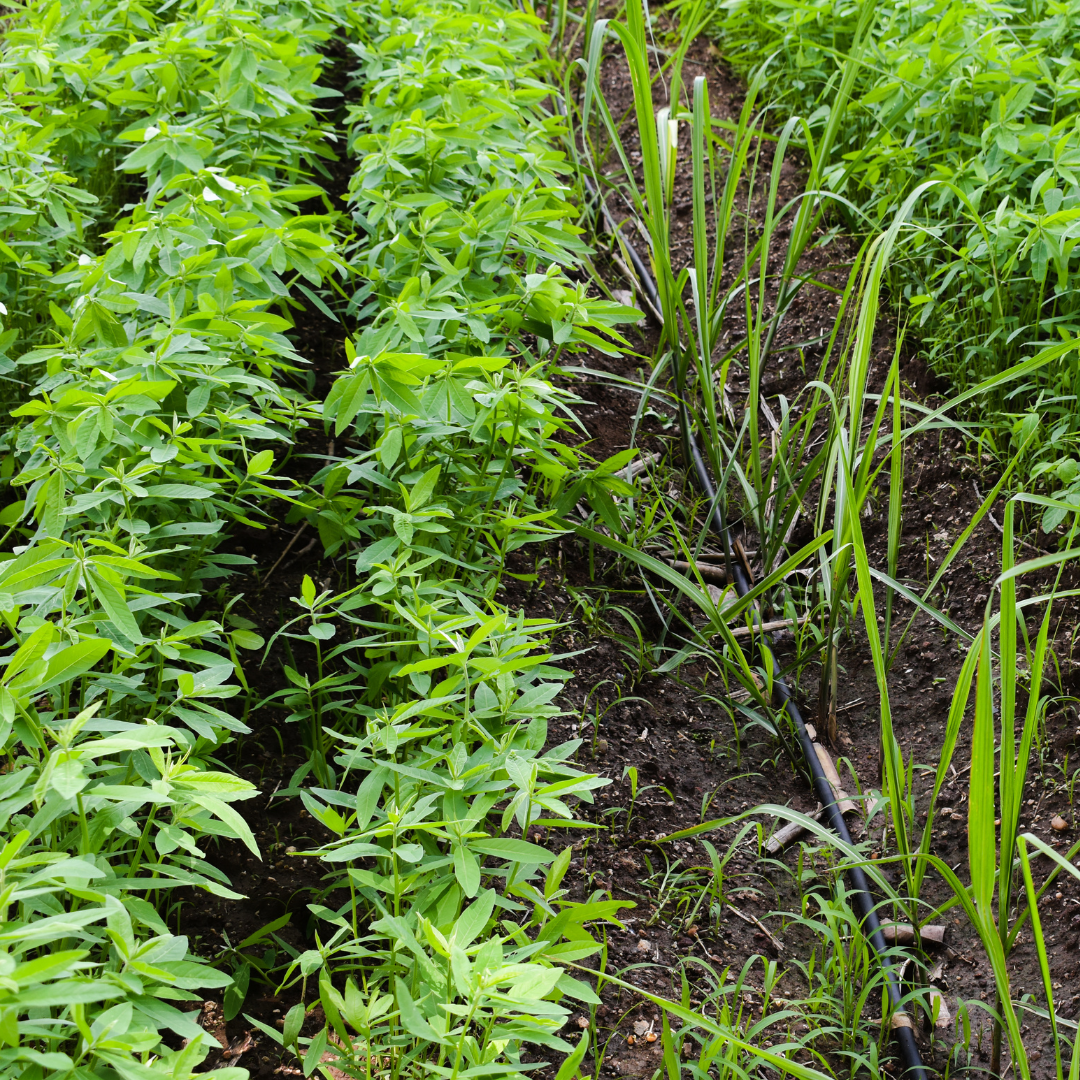
Conservation Agriculture
Conservation agriculture is another approach that blends organic and conventional practices. It involves minimal soil disturbance, permanent soil cover, and diversified crop rotations to enhance soil health and reduce the need for synthetic inputs.
Conservation agriculture can help improve sustainability while maintaining high productivity levels.
Policy and Consumer Education
Government policies and consumer education will play a crucial role in shaping the future of farming. Policymakers can support sustainable farming practices through subsidies, research funding, and education programs.

At the same time, educating consumers about the benefits and challenges of both organic and conventional farming can empower them to make informed choices that align with their values.
Conclusion
The debate between organic and conventional farming is complex, with each method offering distinct advantages and challenges. Organic farming excels in environmental sustainability and health benefits, while conventional farming is more productive and cost-effective.
The future of agriculture likely lies in finding a middle ground, where the strengths of both methods are combined to create a sustainable and resilient food system.
By continuing to innovate, support sustainable practices, and educate consumers, we can work toward a future where both organic and conventional farming coexist to meet the world’s food needs.

Pingback: 5 Common Myths About Organic Farming Debunked
Pingback: Cost-Benefit Analysis of Organic vs Conventional Farming